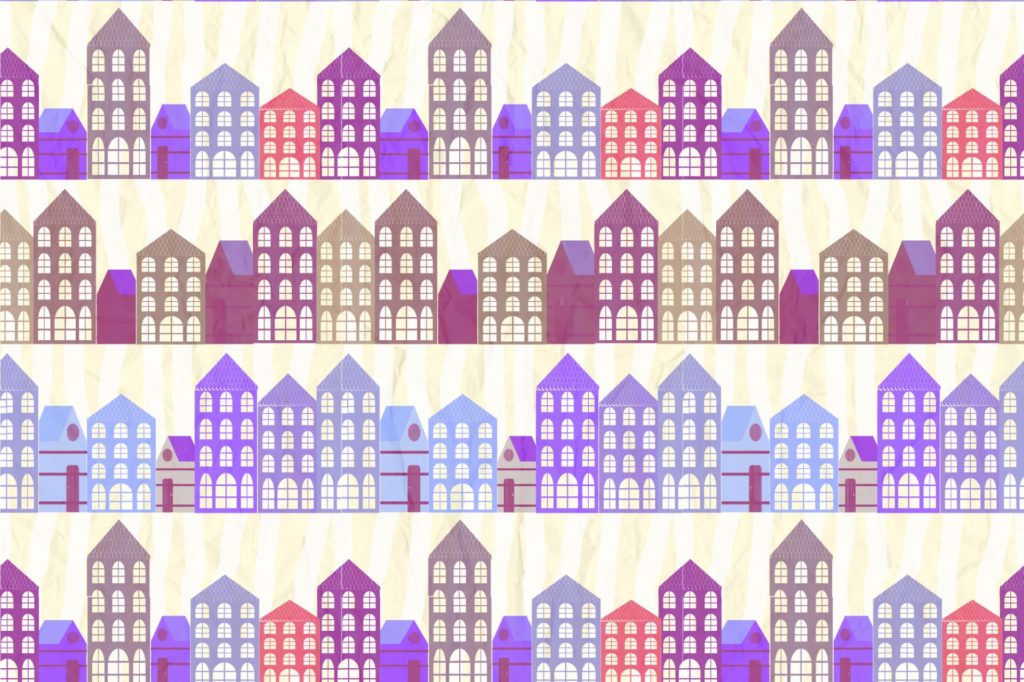
For the past two years, the Equality Indicators found gaps between racial/ethnic groups in housing affordability outcomes in New York City:
- Black, Asian, and Hispanic renters were more likely than white renters to experience severe rent burden (i.e., spending 50% or more of their income on rent);
- Blacks, Asians, and Hispanics were less likely to be homeowners than whites; and
- Black, Asian, and Hispanic applicants were more likely than white applicants to be denied a home purchase loan.
The NYU Furman Center and the Citizens’ Committee for Children of New York are among a few organizations that have created online maps of housing affordability data by New York City’s neighborhoods. The geospatial findings and inequalities are striking. For example, the Furman Center reported 44.6% of renter households in Borough Park, Brooklyn, experienced severe rent burden in 2014, compared to 17.2% in the Upper East Side, Manhattan.
Data2Go.nyc takes these geospatial data one step further and allows users to correlate neighborhood-level data on housing affordability and racial/ethnic demographics. For example, there is a:
- Strong negative relationship between the percentage of households in a community district experiencing severe rent burden and the percentage of white residents (i.e., community districts with a higher percentage of white residents tend to have fewer renters experiencing severe rent burden, while those with a lower percentage of white residents tend to have more residents experiencing severe rent burden); and a
- Moderate positive relationship between the percentage of households experiencing severe rent burden and the percentage of Hispanic residents (i.e., community districts with a higher percentage of Hispanic residents tend to have more residents experiencing severe rent burden).
Importantly, these data highlight relationships between place, housing affordability, and race/ethnicity, but additional data are needed to identify underlying causes for these trends.
Related research found patterns of racial/ethnic segregation across different types of affordable housing programs in New York City: whites were more likely to live in rent controlled housing, and blacks were more likely to live in public housing developments operated by the New York City Housing Authority. Findings from this study also suggest households in affordable housing units in mixed-income, multiple-family buildings had economic advantages over households in public housing.
Since patterns of racial/ethnic segregation are pervasive in New York City and other metropolitan areas, monitoring spatial segregation of racial/ethnic groups in affordable housing programs is critical to ensuring state and federal affordable housing programs are in compliance with fair housing legislation. For example, the Fair Housing Act prohibits discrimination in selling or renting housing based on race, color, national origin, religion, sex, familial status, or disability. However, current proposals for new federal legislation might make this task more difficult.
Earlier this year, legislators introduced bills in the U.S. House (H.R. 482) and Senate (S.103) that would, in part, prohibit the use of federal funds to “design, build, maintain, utilize, or provide access to a Federal database of geospatial information on community racial disparities or disparities in access to affordable housing.”
If signed into law, the proposed bills would dismantle resources created as part of the Affirmatively Furthering Fair Housing regulation, which offers geospatial data about federally funded affordable housing programs broken down by householders’ race/ethnicity and other demographics, such as disability status.
The legislative events have raised public debate about the role of the federal government in managing geospatial data that would help to understand racial/ethnic disparities in access to affordable housing. A coalition of housing policy and research organizations, including PolicyLink, the National Fair Housing Alliance, ACLU, and National Low Income Housing Coalition, have joined calls on lawmakers to block such a change, citing how the proposed bills conflict with the Fair Housing Act.
The loss of geospatial data on racial/ethnic disparities in access to affordable housing would be detrimental to policy and research efforts to promote more equitable housing outcomes nationwide, and it would limit the tools available to prevent discriminatory practices such as redlining. Redlining is the refusal of home loans or insurance to individuals in neighborhoods considered economically risky. Historically, such practices have disproportionately disadvantaged blacks. And maps from the 1930s and 40s illustrate how the Home Owners’ Loan Corporation, a government-sponsored agency, explicitly targeted neighborhoods with large populations of blacks, and other racial/ethnic minority groups, including recent immigrants. A recent lawsuit filed by the New York State Attorney General against Evans Bancorp, a bank in Buffalo, New York, highlights the need for continued vigilance and actions against redlining and other discriminatory housing practices.
Mapping housing outcomes is critical to ensuring housing equality across racial/ethnic groups. And since the Fair Housing Act also prohibits discrimination in housing opportunities based on a person’s color, national origin, religion, sex, familial status, or disability status, mapping housing outcomes for these groups is a powerful method to protect against multiple types of spatial segregation and discrimination.
***
If you are interested in online tools that map publicly available data on housing affordability and related topics, consider visiting these resources:
- nyc, NYU Furman Center
- nyc, Measure of America of the Social Science Research Council
- HUD eGIS, U.S. Department of Housing and Urban Development
- Keeping Track Online, Citizens’ Committee for Children of New York
- Mapping Inequality, a collaboration between the University of Richmond, University of Maryland, Virginia Tech, and John Hopkins University
- National Equity Atlas, a collaboration between PolicyLink and Program for Environmental and Regional Equity at the University of Southern California
- OASIS NYC, Center for Urban Research at the CUNY Graduate Center
- Social Explorer, Social Explorer, Inc.
And be sure to visit the Housing page on the Equality Indicators website for more information on housing equality in New York City.
